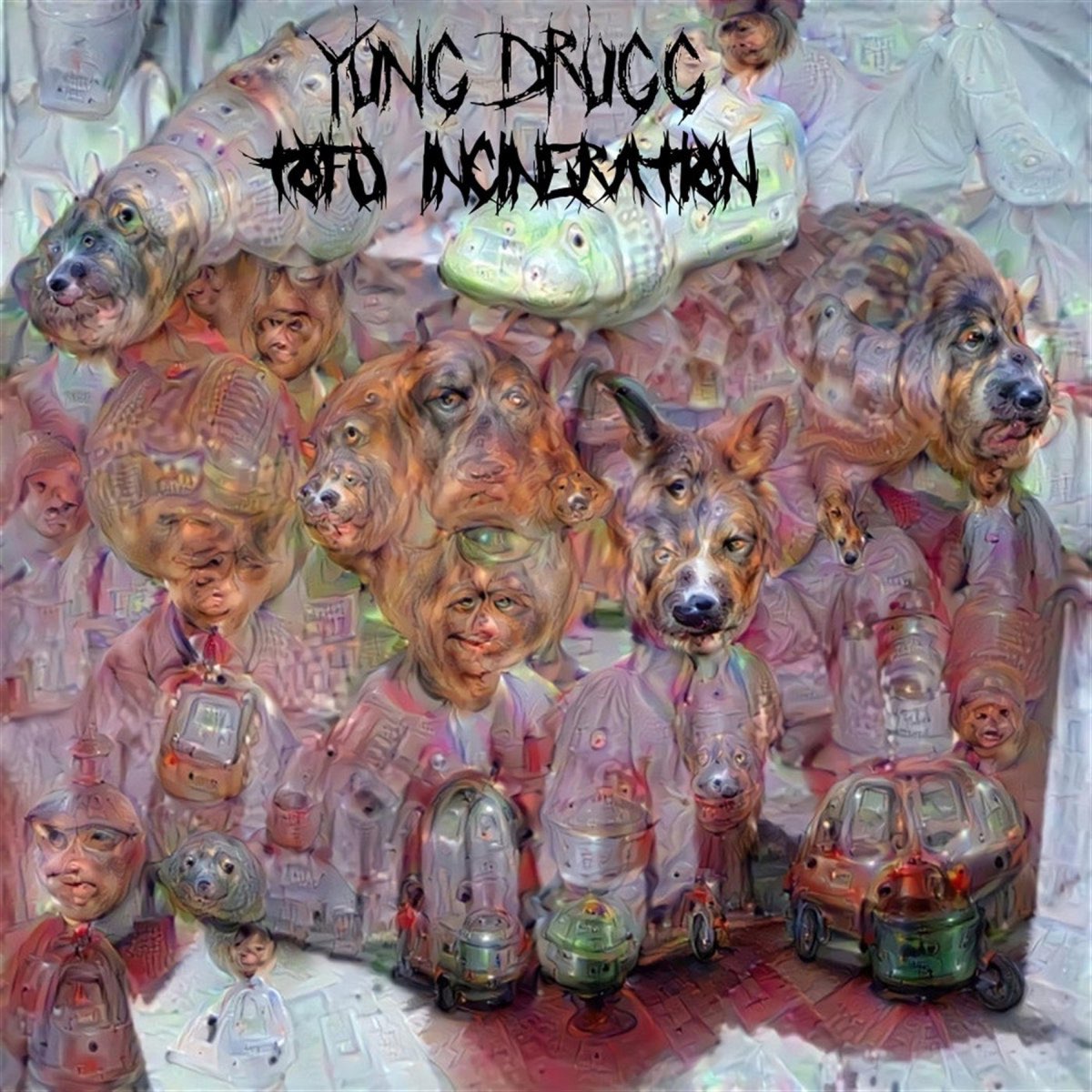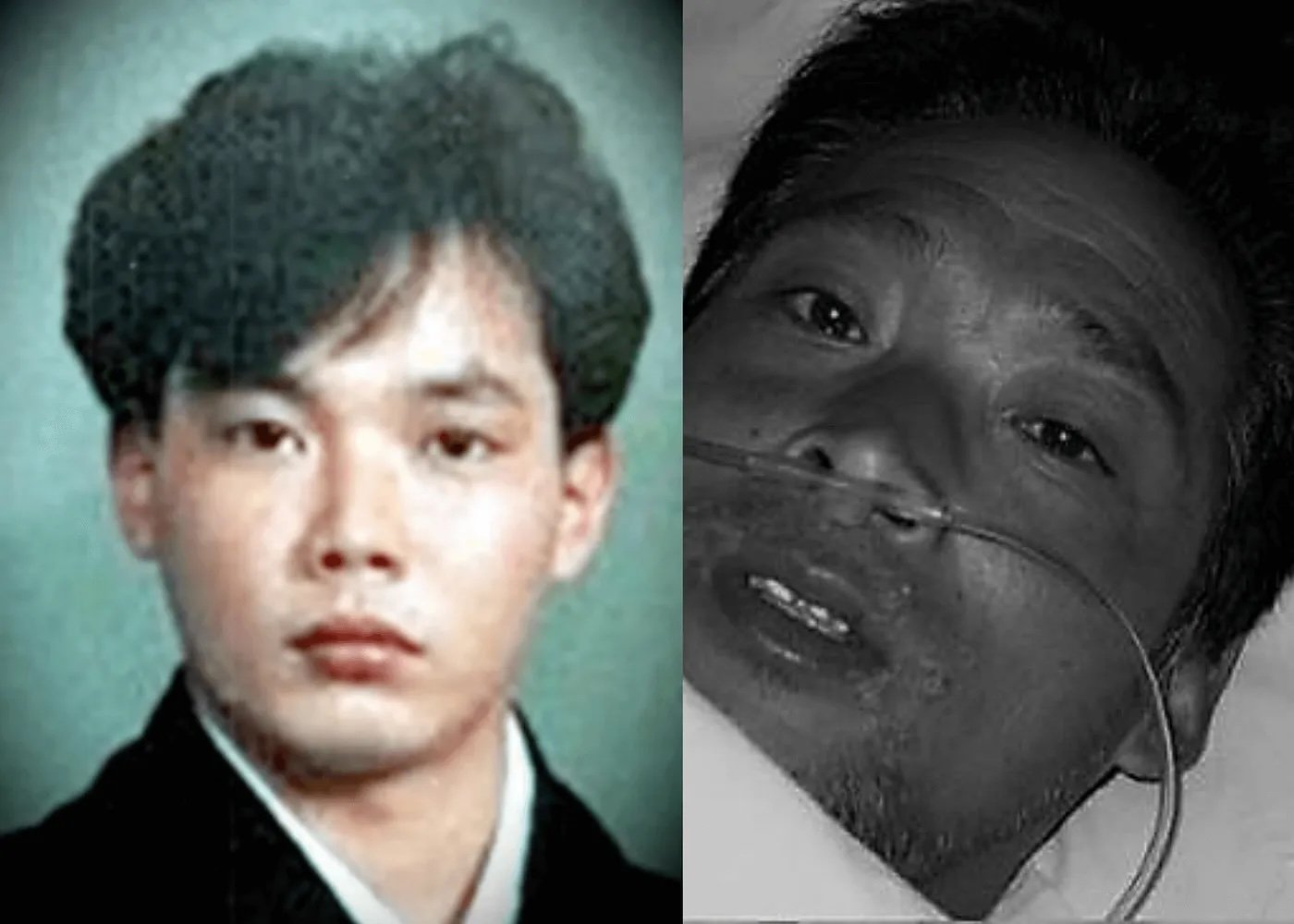Exploring The Life Of Hisashi Ouchi Through Hospital Pictures
The story of Hisashi Ouchi is one that, honestly, stays with you. It's a difficult one, yet it offers a rare, if heartbreaking, look into the sheer power of radiation and the incredible, often agonizing, lengths medical professionals will go to for a person. We're going to take a really close look at his experience, particularly through the lens of the hospital pictures that recorded so much of his time there. These images, in a way, invite us to genuinely examine a life caught in an unimaginable situation, helping us grasp the full scope of what happened.
This isn't just about a medical case; it's about a human being facing something truly devastating. When we consider these visual records, we're not just seeing clinical data; we're trying to piece together the events, to grasp the immense challenges faced by everyone involved. It's almost like sifting through a collection of very personal notes, each one adding a bit more to our sense of what it must have been like for him, for his family, and for the dedicated care team.
So, we're setting out to understand, to gain a bit more insight into the path Hisashi Ouchi walked, as documented by the cameras within those hospital walls. It's a stark reminder, too, of the profound consequences when things go terribly wrong, and the unwavering spirit of those who try to mend what seems unfixable. This effort to really look into his story, through these pictures, helps us appreciate the fragility of life and the strength of the human spirit, even in the face of such incredible odds.
- Where Did Jared Goff Meet His Wife
- David Bowie Spouse
- Ilaria Catalina Irena Baldwin
- Dave Ohrt Wikipedia
- Evan Mcclintock Age
Table of Contents
- The Person Behind the Pictures - Hisashi Ouchi's Early Life
- What Happened That Day? Understanding the Accident
- How Did the Hospital Pictures Begin to Tell His Story? Exploring the Initial Moments
- A Prolonged Battle - The Medical Efforts to Save Hisashi Ouchi
- What Did the Visual Records Reveal About Hisashi Ouchi's Struggle? Exploring the Human Cost
- The Ethical Dilemmas - A Deeper Look at the Care Provided
- How Did the World React to Exploring the Life of Hisashi Ouchi? The Public's Response
- Remembering Hisashi Ouchi - The Lasting Impact
The Person Behind the Pictures - Hisashi Ouchi's Early Life
Before the accident, Hisashi Ouchi was, for all intents and purposes, an ordinary person living a regular life. He worked at a uranium processing plant, a place where, honestly, great care is typically taken with safety. We don't know a lot about his early years or his personal interests before the event that would change everything. He was a man with a family, with hopes and routines, just like anyone else. His role at the plant involved handling nuclear materials, a job that requires significant attention to detail and adherence to strict guidelines. He was, in some respects, a quiet individual, a worker who contributed to his community, and whose life was about to become a very public, very painful lesson for the entire world. It's important to remember that he was a person with a history, a background, and a future that was suddenly, tragically, altered.
Personal Details
| Name | Hisashi Ouchi |
| Occupation | Technician at JCO nuclear fuel processing plant |
| Age at time of accident | 35 years old |
| Nationality | Japanese |
What Happened That Day? Understanding the Accident
On September 30, 1999, Hisashi Ouchi, along with two colleagues, was working at the JCO nuclear fuel processing plant in Tokaimura, Japan. They were, it seems, preparing a batch of uranium solution for processing. The standard procedure called for using a specific tank, but on this particular day, they were, apparently, mixing the solution in a precipitation tank, which was not designed for this purpose. This tank, you know, lacked the proper geometry to prevent a critical mass from forming. As they added the solution, a blue flash of light appeared, indicating a criticality accident – an uncontrolled nuclear chain reaction. This flash was the visible sign of an invisible, yet incredibly powerful, burst of radiation. It was a sudden, terrifying moment, a split second that forever changed the lives of those present and, in Ouchi's case, set him on a truly unimaginable path. The sheer force of the radiation he absorbed in that instant was, well, off the charts, far exceeding any safe limit, and honestly, even limits thought survivable.
How Did the Hospital Pictures Begin to Tell His Story? Exploring the Initial Moments
From the very start of his admission to the hospital, a decision was made to document Hisashi Ouchi's condition through photographs. These initial pictures, taken not long after the accident, would have shown a man who, outwardly, might not have seemed as gravely injured as he truly was. You see, the immediate physical signs of radiation exposure can be subtle at first, almost deceptively so. These early images likely captured the initial shock, the first signs of redness on his skin, perhaps a general feeling of unwellness. They were, in a way, the first visual entries in a long, heart-wrenching journal. These pictures, quite literally, began to map out the physical toll the radiation was taking on his body, a process that would unfold over many weeks. They were a stark record of a body trying to cope with an invisible assault, and they helped the medical team to really grasp the scale of the damage, even when it wasn't yet fully apparent.
- Film Twilight Cast
- Prefab House Tiny
- Skarsgard Stellan
- Eric Northman Vampire
- What Does Phaedra Parks Do For A Living
A Prolonged Battle - The Medical Efforts to Save Hisashi Ouchi
The medical team at the University of Tokyo Hospital, where Hisashi Ouchi was eventually transferred, faced an unprecedented challenge. He had received an estimated 17 sieverts of radiation, a dose so high that it basically destroyed his white blood cells, leaving him with no immune system. His skin, too, was severely damaged, almost as if he had suffered horrific burns. The doctors and nurses embarked on an extraordinary effort to keep him alive, a battle that lasted for 83 days. They performed the world's first peripheral blood stem cell transplant on a radiation victim, using cells from his sister, hoping to rebuild his immune system. They applied skin grafts, sometimes from his own family members, to try and cover the vast areas where his skin had simply peeled away. Every day was a fight against infection, against organ failure, against the sheer, overwhelming damage to his body's systems. It was a continuous, very intense effort, pushing the boundaries of what medical science could do, all while trying to give him some measure of comfort, which was, honestly, incredibly difficult.
What Did the Visual Records Reveal About Hisashi Ouchi's Struggle? Exploring the Human Cost
The hospital pictures taken throughout Hisashi Ouchi's stay are, frankly, harrowing. They reveal the relentless progression of his condition, documenting the devastating impact of the radiation on every part of his body. These images, in a way, let us really see the human cost of such an accident. We see his skin, initially red, then blistering, and eventually, simply detaching from his body. We see the constant need for bandages, for fluids, for transfusions, all captured in stark, undeniable detail. The pictures show the medical equipment that surrounded him, the tubes, the monitors, the sheer amount of intervention required just to maintain his basic bodily functions. They also, arguably, capture the silent suffering in his eyes, the physical changes that made him almost unrecognizable from the man he once was. It's a visual account of a body breaking down, piece by piece, despite the most intense medical care. These photographs are a profound, if difficult, record, helping us to truly grasp the immense pain and the incredible, persistent efforts made to keep him going, even when hope was, quite frankly, fading.
The Ethical Dilemmas - A Deeper Look at the Care Provided
The decision to prolong Hisashi Ouchi's life for 83 days, given the severity of his condition, raised very serious ethical questions. The hospital pictures, in a way, serve as a silent witness to these dilemmas. They show a man whose body was, essentially, failing at a fundamental level, yet whose life was being sustained through extraordinary means. The medical team, driven by a desire to save him and to gather valuable data on high-dose radiation exposure, continued their efforts even as Ouchi's family, understandably, struggled with the situation. There were moments, apparently, when his family expressed a wish for the treatment to stop, seeing his immense suffering. These visual records, while not directly showing the ethical debates, certainly illustrate the context in which they took place. They prompt us to consider the balance between preserving life at all costs and alleviating suffering. It's a complex issue, really, and the images offer a stark backdrop for reflecting on the boundaries of medical intervention and the definition of a dignified end to life, especially when the body has been so completely ravaged.
How Did the World React to Exploring the Life of Hisashi Ouchi? The Public's Response
When the story of Hisashi Ouchi's struggle, supported by some of the hospital pictures and medical reports, became public, it caused a significant reaction around the world. People were, quite simply, horrified by the extent of his injuries and the prolonged nature of his suffering. The case became a stark warning about the dangers of nuclear materials and the importance of safety protocols. Scientists and medical professionals, too, looked very closely at the details, trying to understand the effects of such extreme radiation exposure and the limits of human endurance and medical intervention. The images, while not widely circulated in their most graphic form, certainly informed the public's perception, creating a very real and unsettling picture of what radiation can do. It was, in some respects, a moment of collective reflection on industrial safety and the human cost of technological advancements. The story, and the visual evidence, really helped to solidify the understanding of just how devastating a criticality accident can be, prompting renewed discussions about safety measures in nuclear facilities globally, and honestly, making people truly grasp the gravity of such events.
Remembering Hisashi Ouchi - The Lasting Impact
Hisashi Ouchi passed away on December 21, 1999, 83 days after the accident. His story, however, continues to resonate. The hospital pictures, though difficult to view, serve as a permanent, powerful record of his ordeal and the incredible efforts made by his medical team. They are a testament, too, to the sheer destructive force of radiation and the profound vulnerability of the human body. His case has become a critical reference point in radiation medicine, providing invaluable, if tragically acquired, data on the effects of extremely high doses. It is, basically, a story that reminds us of the paramount importance of safety in all industries, especially those dealing with hazardous materials. Hisashi Ouchi's life, and its agonizing end, left an indelible mark, urging us to remember the human element behind every scientific and industrial process. His experience, documented so completely through those pictures, continues to teach us about resilience, about the limits of medical science, and about the deep responsibility we hold for one another's well-being, very truly.

Unveiling The Tragic Hospital Stay Of Hisashi Ouchi: A Story Of

Hisashi Ouchi Photo

Hisashi Ouchi Real Photos and the Tokaimura Accident